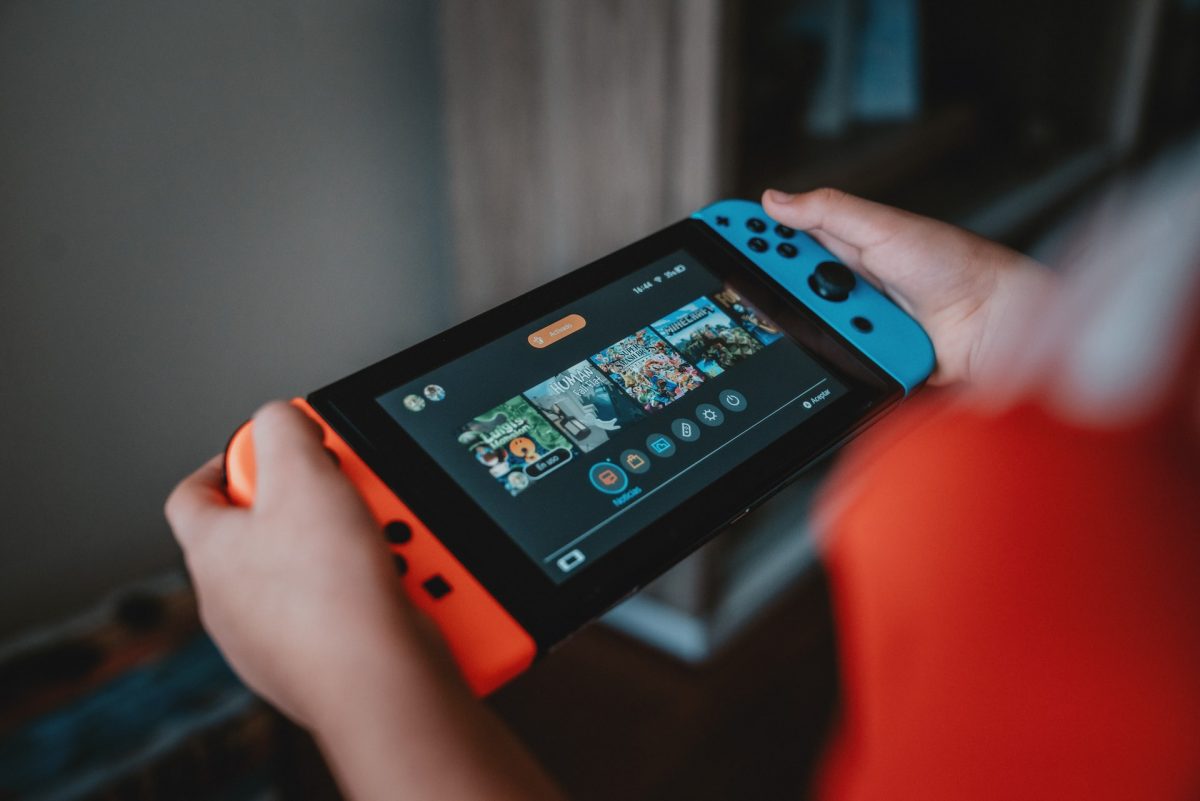I purchased Minecraft Dungeons for the Nintendo Switch a month or two ago, primarily for our kids. They’re Minecraft fanatics, and they’d been looking forward to this game since they first saw the announcement. I was also curious whether this was a game that I could enjoy (despite the blocky graphics that I really wasn’t that sure about).
It didn’t take long for me to develop an obsession with the game. I believe I’ve logged more than 40 hours playing this oddly compelling game, more time than I spent playing Legend of Zelda: Breath of the Wild, back when I was obsessed with that game.
Minecraft Dungeons seems like a simple, silly dungeon crawler game at a glance. The more time I spend playing the game, the more I appreciate just how smart, and immersive the game is.
Not just hack and slash (although it can be)
On the one hand, it is a dungeon crawler where you move through different adventures, collecting items, weapons, and slaying a variety of bad guys (I believe the technical term is “mobs”) that feature in Minecraft itself. There are loads of hidden secrets, secret levels, and variable challenge levels as you level up in the game.
You could play it as a hack-and-slash game, rushing to the end of each adventure to progress to through to the end. To me, it’s much more fun if you explore each level, and seek out the hidden treasures and secrets.
Simpler gameplay in Minecraft Dungeons
I spent some time playing Legend of Zelda last week for a few hours, and it reminded me how different the two games are. As I mentioned previously –
Legend of Zelda feels like an open world that continuously surprises me. The initial quest seems pretty simple: collect a number of special objects, and then head off to fight the Big Bad. Except it isn’t.
Completing the initial quest is just the start of an expanded quest with increasing variations, surprises, twists, and turns. There seems to be something new to explore in the former kingdom of Hyrule each time I return to play.
Legend of Zelda is a very permissive game, and the scale of it just amazes me. At the same time, I find it a more difficult game to play because it seems to require more physical coordination than I have. This becomes apparent when I’m fighting a tougher opponent, and am trying to remember which combination of buttons makes Link leap to the side, do a backflip, raise his shield, or do some other action.
In Minecraft Dungeons, the controls are pretty simple. This one swings your weapon, that one fires arrows (when you have), and these buttons trigger magical artifacts. Gameplay can become pretty crazy when you’re in the middle of so many mobs, you can barely see your character, and yet the controls are straightforward enough that I’ve developed muscle memory, and can play without thinking too much about the game.
A thoughtful game
Thinking that Minecraft Dungeons is a basic, kids game is simplistic. The more I play, the more I appreciate how much thought has gone into the game’s design, and how it all comes together.
I initially thought that once I finished the initial set of adventures, that I’d be finished with the game. Oh no, not only are there three difficulty levels (Default, Adventurer, and Apocalypse), you also realise that there are about half a dozen hidden levels that you can unlock for some pretty huge dungeons.
In addition, once you complete the adventures on Default difficulty, you can unlock a set of runes that, in turn, unlock a fairly gratuitous adventure where you plough through cow-mushroom hybrids called Mooshrooms to gather experience, and some cool weapons (if you survive).
Each adventure has a story with a common thread, leading to your ultimate encounter with the Arch-Illager who has subjugated the land with a magical artifact that it discovered. And even when (or if) you defeat it, there is an expansion pack that takes you through jungle settings where you meet new mobs (on each difficulty level too).
Go for the Hero edition
The game is available at two prices: the “standard” version, and the Hero edition. The cost difference is a few dollars, and the Hero edition unlocks the expansion levels for free (at least the jungle levels, and hopefully the frozen tundra biome that hasn’t been released yet).
It’s well worth paying the extra few dollars for the Hero edition.
A couple drawbacks
There are a couple drawbacks. Even though the game is available on the Switch, Xbox, and Windows, you can’t play with your friends across platforms. This is a real pity because the option to play with friends on the same console has you playing characters on the main user’s account, not the character you may develop through your own account.
What I mean by this is as follows:
- When I play the game using my Switch profile, I have a character who I’ve built up over time.
- When I play with our kids, I’m playing a totally different character that’s more of a guest on their Switch profiles.
What this means is that we can’t play with our respective, “main” characters on the same device. If we each had our own Switch, though, we would be able to play together, online (which seems like fun, based on my observations of our son playing with his friends).
All that said, it is fun playing together, and the way this works does tend to encourage players to spend more time playing together so they level up together. The game can be tough when you play solo.
Photo by Alvaro Reyes on Unsplash

 RSS – Posts
RSS – Posts
What do you think?